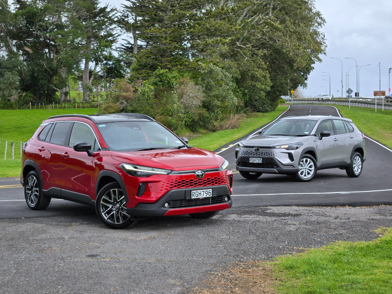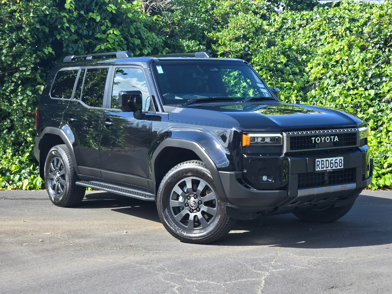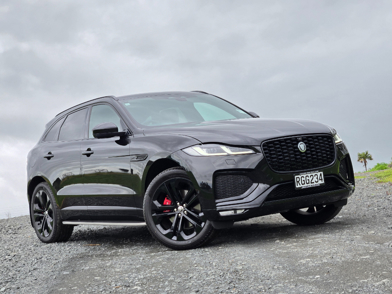The 4th-generation BMW X3 (G45 for BMW-nerds) is the first model you’d say had styling that was anything other than utterly conventional. At launch last year it went from meek to BMW-bold, with angles everywhere and a bit of the brand’s “monolith” EV styling proportion.
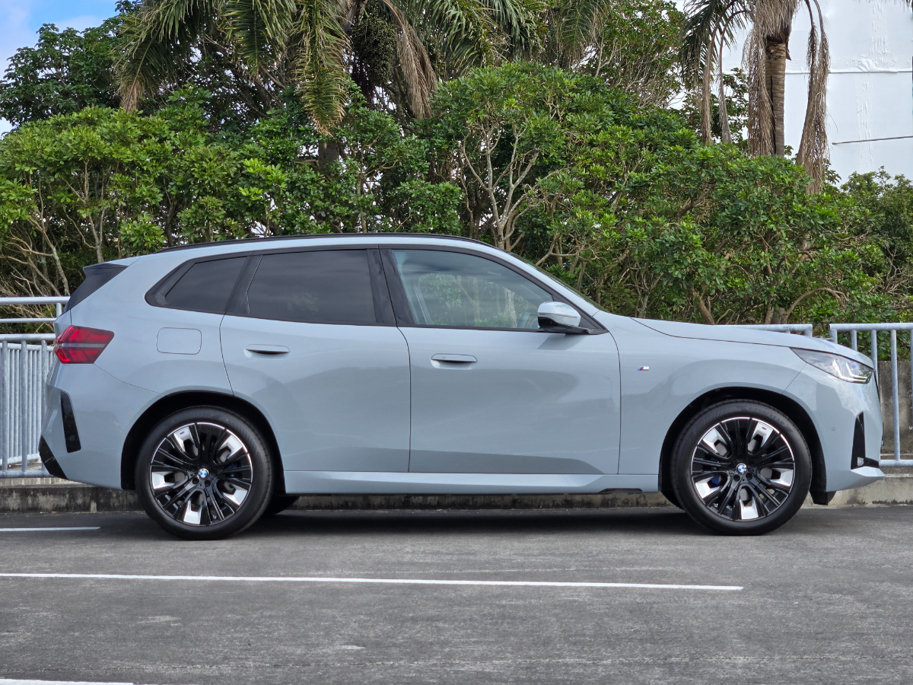
It makes a bit more sense now we’ve seen the Neue Klasse, aka iX3, which is not just the styling and technology template for all future BMWs - it’s also essentially the electric sister-model to the X3. They don’t look the same, but you can see how they will sit well together in showrooms.
The previous iX3 was of course simply an electrified version of the regular X3. So it’s all change.
The new X3 also exemplifies BMW’s often-stated policy of providing multiple powertrain choices within the same segment. Our test car here is the entry-level 20 xDrive 4-cylinder petrol, but the X3 is also available in performance M50, diesel and plug-in hybrid versions.

Add in the forthcoming iX3 and the brand pretty much has the powertrain bases covered in this segment.
The look makes a bit more sense now we’ve seen the Neue Klasse, which is not just the styling and technology template for all future BMWs, but also the electric alternative to the X3.
We say “entry level”, but the X3 20 xDrive (AWD, there’s no longer a RWD option) starts at $97,900 and by the time you add Brooklyn Grey paint ($2000), the Enhancement Package ($6000) with Harmon Kardon audio, panoramic roof and alarm, M Sport Pro Package ($3000) with Iconic Glow grille and M High-Gloss exterior detailing, tow bar ($2600) and special Sun Protection Glazing ($1000), our car tops out at $114,500. So it’s definitely still a premium-market choice.
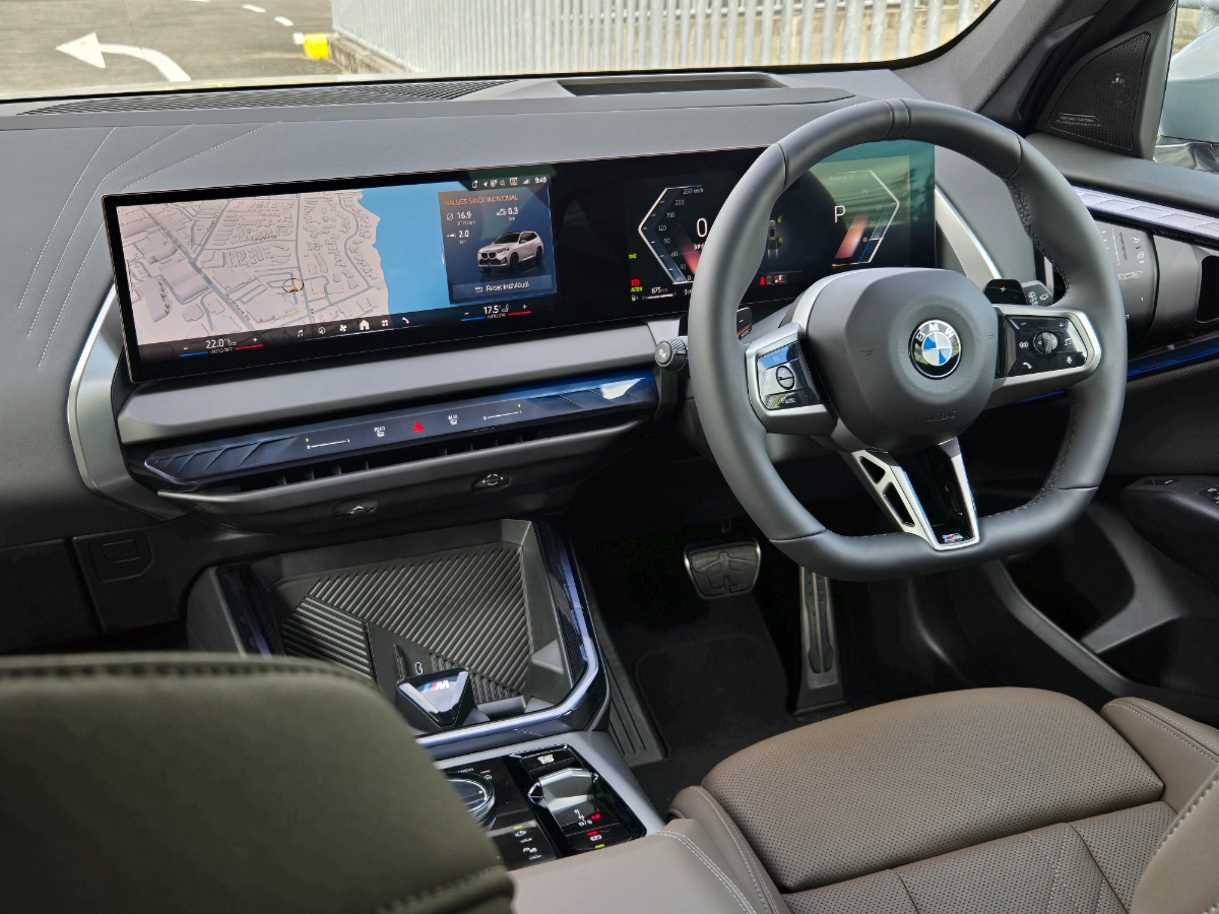
It’s very new-gen inside, with the curved dual-screens and lots of interesting angles; the criss-cross centre console tray/phone pad/cupholder pattern is so busy it makes you wonder what space-age functionality you’re missing. Nothing actually… but it does match the grille.
The typically thick BMW steering wheel suggests sportiness and the X3 is impressively stable and assured on tricky Kiwi backroads.
Sometimes it’s the little things that enrage you. There’s nothing necessarily unique to the BMW in this, but like so many modern cars the radio is embedded in the infotainment system. And in our X3 it was glitching something shocking, at times refused to retune and other shutting off the sound (even though the audio would work fine on phone projection music). Remember when you could just turn on the radio in a car? Good times.
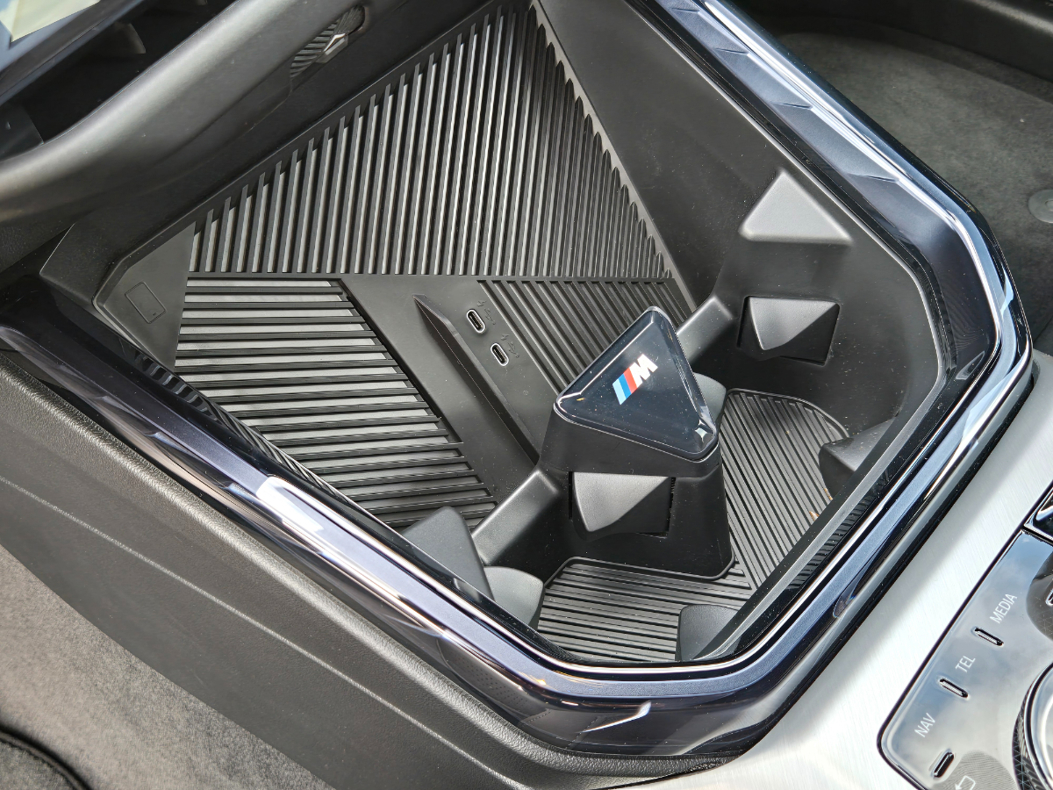
Anyway, no denying this X3 looks and feels pretty posh inside, our test car especially so with its Veganza Espresso Brown leather upholstery and Fine-Brushed M interior trim package.
It’s grown in stature as a premium/practical SUV, and in size too: at 4755m in length it’s quite a bit larger than the original (1999) E53 X5.
It might seem odd to buy a kitted-up BMW SUV and then opt for the lowliest engine you can get: a 2.0-litre 4-cylinder. It’s hardly slow (0-100km/h in 7.8 seconds) and in fact with a 48-volt mild hybrid system on board, pretty smooth in urban driving: the electrical component picks up the slack at low speed and you get EV-like refinement when it “sails” along on a light throttle. If you’re simply using your X3 for urban running, this is fine. Nice even.
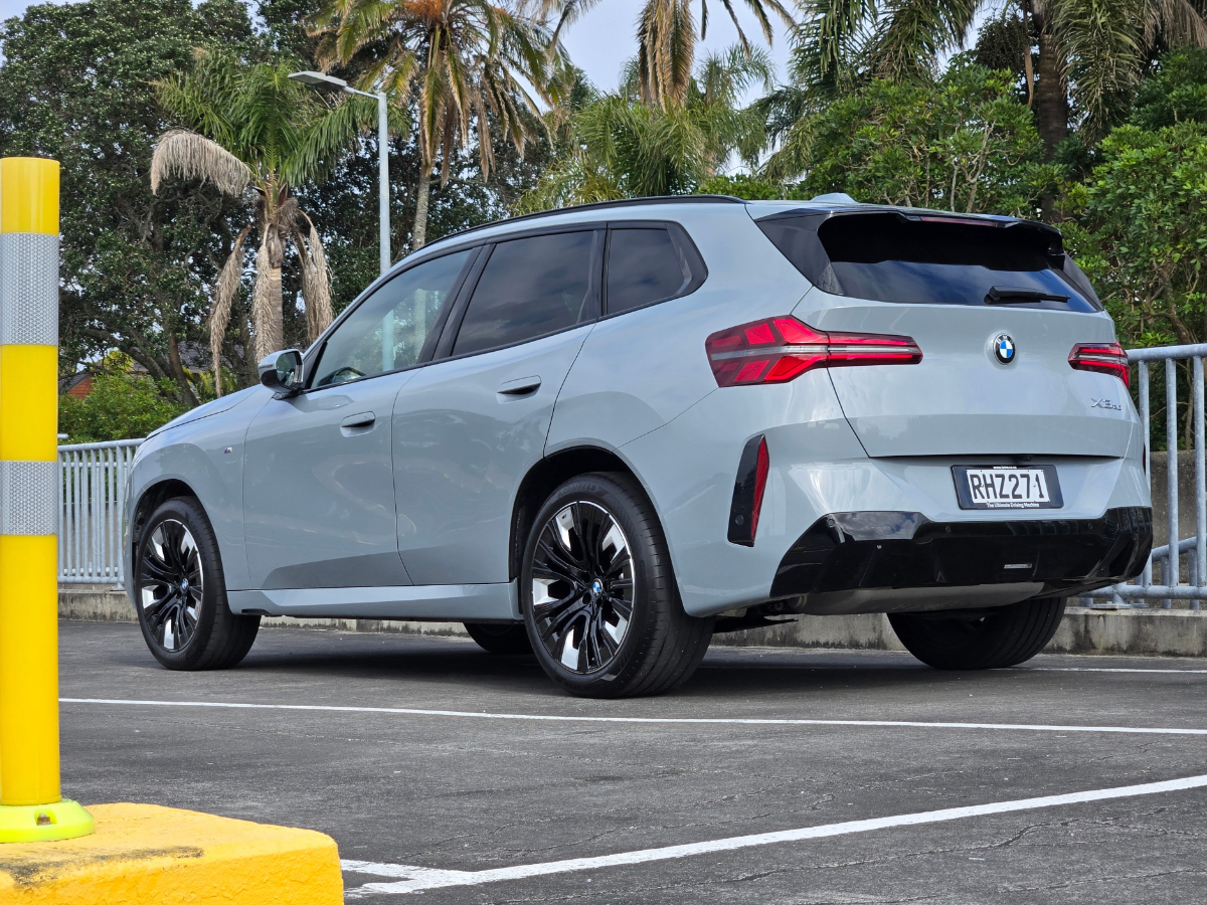
But the chassis feels like it can handle a lot more. The typically thick BMW steering wheel suggests sportiness and the X3 is impressively stable and assured on tricky Kiwi backroads. The 2.0-litre is not super-thrifty (7.6l100km official, we averaged 7.9l/100km during our week) and it feels like more power would make the X3 a more appealing SUV. Even the torque-heavy delivery of the 2.0-litre diesel (similar power but 400Nm at 1750rpm) would add personality.
But then the diesel, plug-in hybrid and 6-cylinder M50 are all quite a bit more expensive: more than $10k extra for the diesel and as much as a $50k premium for the M50. So there’s that.
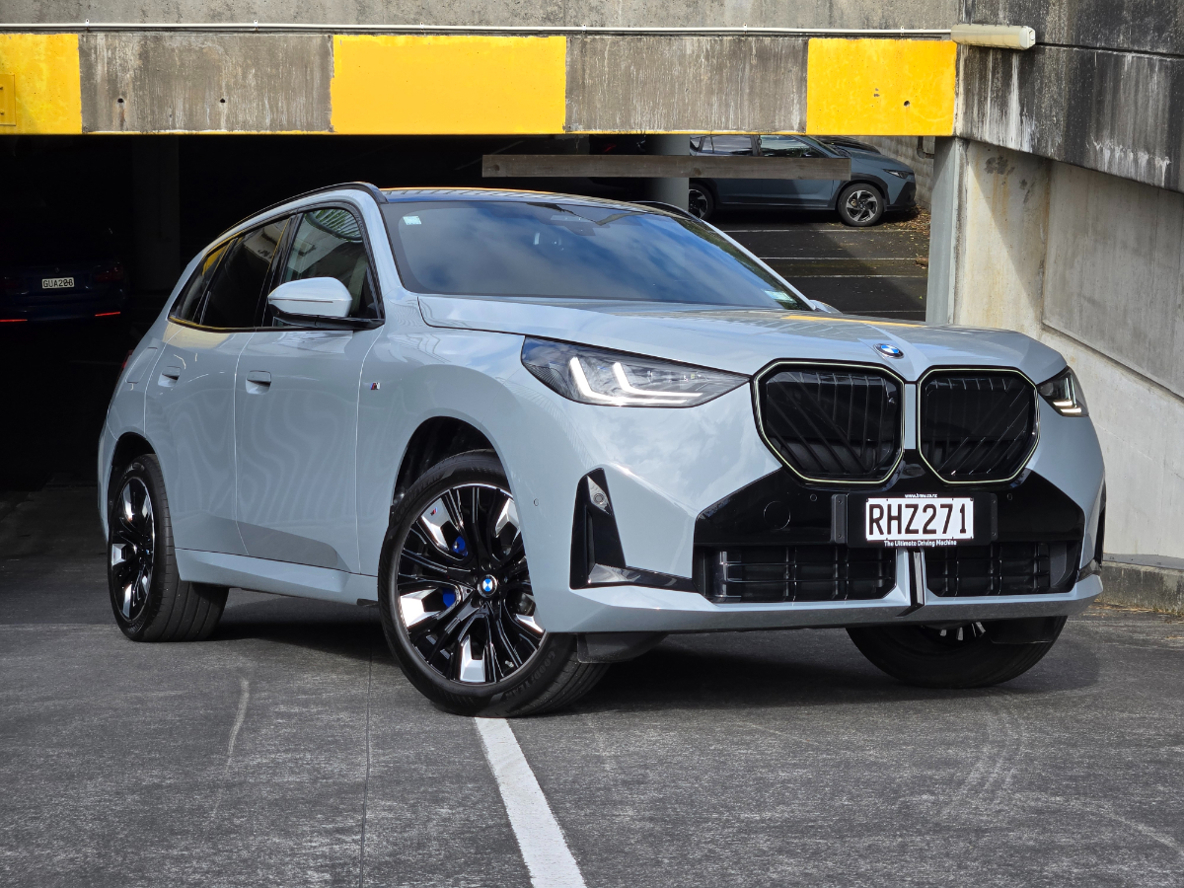
The look makes the X3 more divisive than ever before, which is an interesting turn for what is BMW’s biggest-selling model worldwide. But it’s certainly grown in stature as a premium/practical SUV, and in size too: at 4755m in length it’s quite a bit larger than the original (1999) E53 X5.
















